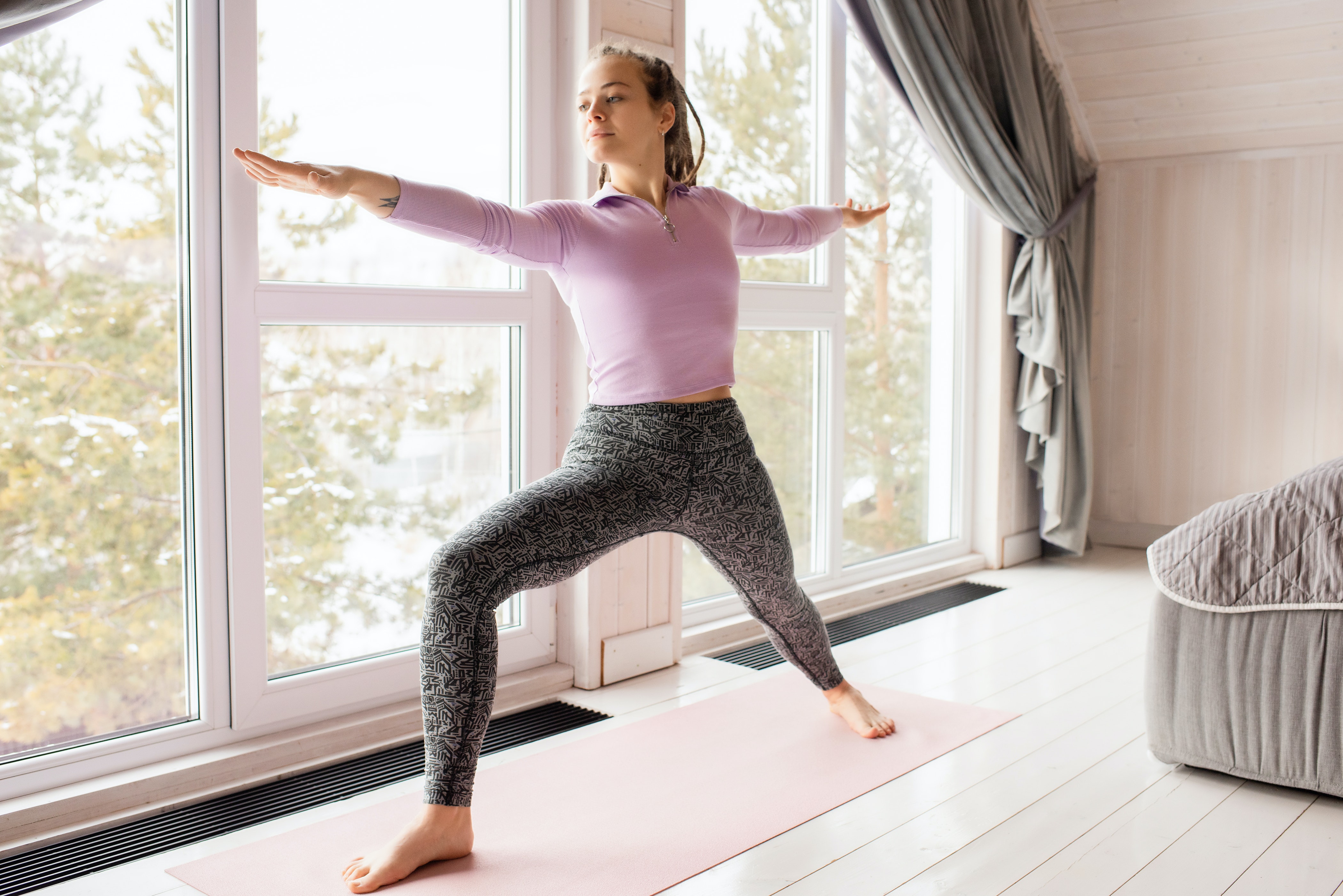


If you’ve ever watched a Pilates workout and then watched yoga, they look pretty similar. They’re both low-impact workouts that are beneficial to people of all ages. Both have a wide variety of variations, making it even more difficult to decide which to do. Both require good form but allow modifications for physical limitations. Both also use the weight of the body as the source of resistance. There are more similarities, but also differences. The differences are how each was created, the philosophies and the benefits they provide.
Yoga began thousands of years ago.
No one knows with certainty where yoga started, but it’s thought to have roots in Eastern religions, Buddhism and shamanism and began thousands of years ago. Yoga focuses on the connection between mind, body, and spirit and how they’re intertwined. While there are spiritual teachings associated with some yoga, most Americans learn it for fitness. It teaches mindfulness, proper relaxation, poses and breathing techniques. It helps with stress, anxiety, arthritis, respiratory conditions, blood pressure control, chronic pain, MS, and arthritis, plus builds strength, flexibility and endurance.
Pilates is a much newer form of exercise.
Pilates began in the 1920s when Joseph Pilates created it to help rehabilitate wounded soldiers. He based his work on three principles, whole-body health, whole-body commitment and breath. Like yoga, whole-body meant mind, body and spirit. The focus is breath, concentration, centering, precision, flow and control. Pilates may include specialized equipment or be done on a mat. It improves posture, flexibility, balance, endurance and strength, while also decreasing pain. It’s been found beneficial for urinary incontinence, respiratory conditions, arthritis, back pain and injuries to the joints.
Which is better, Pilates or yoga?
There’s no right answer. For people with health conditions, one may be the right choice, based on their health care professional’s advice. The type of Pilates or yoga pursued also makes a difference. Some yoga is difficult even for seasoned practitioners, while other types of yoga are created specifically for people with limitations, like chair yoga. Like yoga, there are many types of Pilates, but in the case of Pilates, the type of equipment used may be the biggest difference. Most Pilates is beneficial for people with injuries.
- If you have respiratory difficulties, back or neck pain, always let your trainer know so he or she can modify the workout. If you’re pregnant, consult your physician first before doing either Pilates or yoga.
- Combine either yoga or Pilates with a traditional workout program. They can increase your flexibility, provide relaxation and make you more aware of each movement when you do traditional exercises.
- While some yoga is tied to religion or philosophies, most American programs are focused on fitness. Always learn about any program before you take classes to ensure it fits your mindset.
- Joseph Pilate’s techniques first became popular in New York among dancers. Not only was it restorative, but many also used the sessions to warm up for dancing.
For more information, contact us today at Travel Trim
